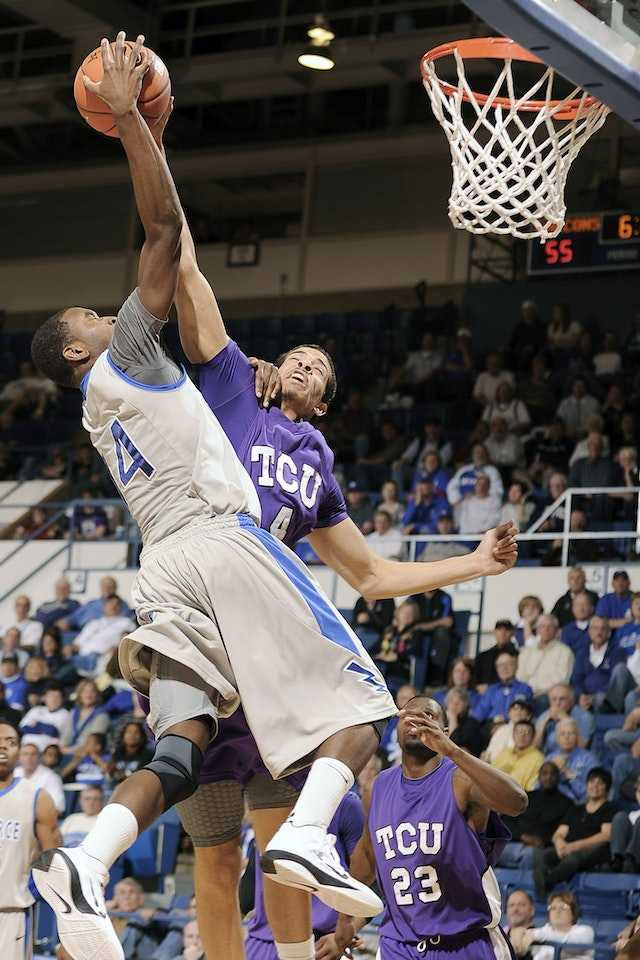Advanced Sports Injury Prevention Strategies: Insights from Physical Therapy Specialists
- drgarcia biomagnetism
- Jul 17, 2023
- 4 min read

Though exercise is essential for athletes in their profession, it should be done correctly and safely to prevent sports injuries.
Your body is your most priceless possession. Take care of it. - Jack Lalanne.
Sports injury prevention is a proactive approach that requires consistent awareness and efforts. Some good quality protective equipment should be used, such as helmets, patterns, mouthguards, and shoes, to improve safety in sports.
How To Prevent Sports Injuries?
Some basic steps to prevent this injury are:
Create a proper fitness plan, including strength training, flexibility, and cardiovascular exercises.
Include different muscle groups and exercise every other day.
Always try to stay hydrated. Drink enough water to prevent dehydration and heat stroke.
Focus on stretching exercises to improve the ability of muscles to perform tasks and contract, which reduces the risk of injuries.
Remember, stretching should not be painful, and aim to hold every stretch for at least 20 seconds.
Use the right equipment, such as a shoe that supports and makes the correct specific foot problems that can lead to injury.
Always go to a skilled and professional coach to learn how to play your sport or those strength training methods.
Listen to your body. Don't exercise much when you are tired or in some pain.
If you are injured while playing, get as much rehabilitation as required before restarting a strenuous activity.
Several alternative techniques are used to prevent sports injury, including physical therapy. This prevention with this therapy involves a comprehensive approach that can be combined with other alternative strategies to minimize the risk of injuries during sports activities.
The skilled and experienced therapist always plays a vital role in therapy by providing specific knowledge, interventions, and assessment. The following ways this therapy can contribute to sports injury prevention:
Preventing sports injuries through physical therapy
Comprehensive assessments
Professional therapists are trained to assess an athlete's physical condition and identify weaknesses. They can also specify the area of imbalance and faulty movement patterns, which may lead to specific injuries.
The therapist evaluates the athlete's range of motion, strength, flexibility, and biomechanics to develop targeted inventions that can enhance the performance of athletes and prevent them from injuries.
Individualized exercise programs
Physical therapists can find particular requirements of an athlete depending on the assessment already taken in the initial phase. Based on these assessment findings, the therapist developed a personalized exercise program that includes the needs of an athlete.
Such programs improve a sports person's muscular strength, balance, coordination, flexibility, and core stability. During therapy sessions, it has been observed that It can effectively reduce the risks of sports injuries by targeting specific areas of weakness and enhancing the functional ability of an athlete.
Injury prevention techniques
Physical therapists use several techniques to prevent sports persons from different kinds of injuries. It may include the following:
Dynamic cool-down and warm-up routines:
Specific cool-down and warm-up activities enhance blood flow, improve joint mobility, and increase the muscle temperature of an athlete. It helps to reduce the risk of strains, strains, and other injuries. These activities are essential for preparing and restoring tissues in movements or post-exercises.
Neuromuscular training:
Neuromuscular training improves the coordination and movement control of an athlete. It may include exercises that enhance balance, awareness of body position, and reaction time, which can prevent injuries associated with sudden movement and changing direction.
Biomechanical analysis:
During the physical therapy sessions, the therapist assesses an athlete's movement during sports-specific action, which can help them identify any faulty mechanism that could contribute to injuries. Therapy suggests some corrections and implementing proper technique to reduce the risk of injury significantly.
Equipment assessment:
Physical therapy closely examines the athletic coaches and trainers to ensure athletes get appropriate and properly fitting equipment like protective gear and footwear. Regularly checking this equipment helps them to minimize the risk of injuries related to improper equipment use and inadequate support.
Collaboration with athletic trainers and coaches
Physical therapists often collaborate with athletic trainers and coaches to promote injury prevention and improve athletic performance. They work together for different reasons, including developing a personal life program for injury prevention, educating athletes about injury prevention, and modifying and monitoring athletes' training programs.
Develop injury prevention programs:
Typically, athletic trainers and therapists combined to develop a personalized program considering their requirements, their training goals, and sports-specific demands. Such a program involves stretching and conditioning exercises and mobility drills.
Educate athletes, coaches, and trainers.
A physical therapist gives valuable information on injury prevention strategies, including injury management, warm-up and cold-down techniques, and recovery protocols for sports injuries. This knowledge is helpful to make informed decisions and adopt some preventive measures.
Monitor the training programs.
Physical therapists closely assess the athletic trainers and coaches, which helps them to monitor athletes' progress. Depending on the performance, the therapist adjusts the training program. They also monitor the warning signs of overtraining and the potential risk of injury to reduce possible future injury in athletes.
Conclusion
This therapy works effectively in the rehabilitation process of injuries caused during sports. A skilled therapist designs a personalized plan to work on the pain or discomfort caused due to such injuries.
The therapists also employ biomagnetism therapy, an alternative healing technique that balances the pH level of the human body and promotes natural healing. By reducing inflammation, it is an alternate technique that efficiently controls pain and the body's natural healing process.
Reference links



Comments